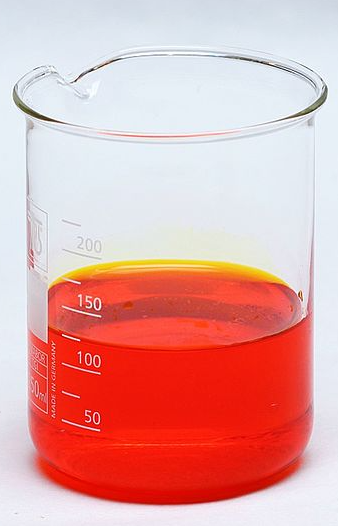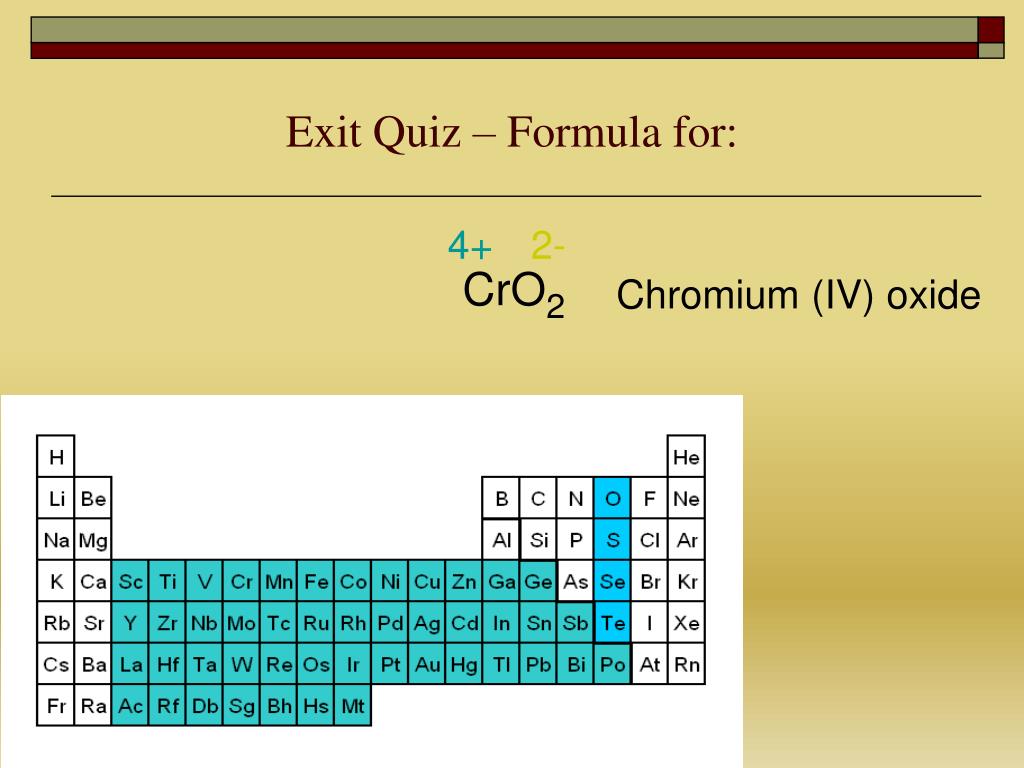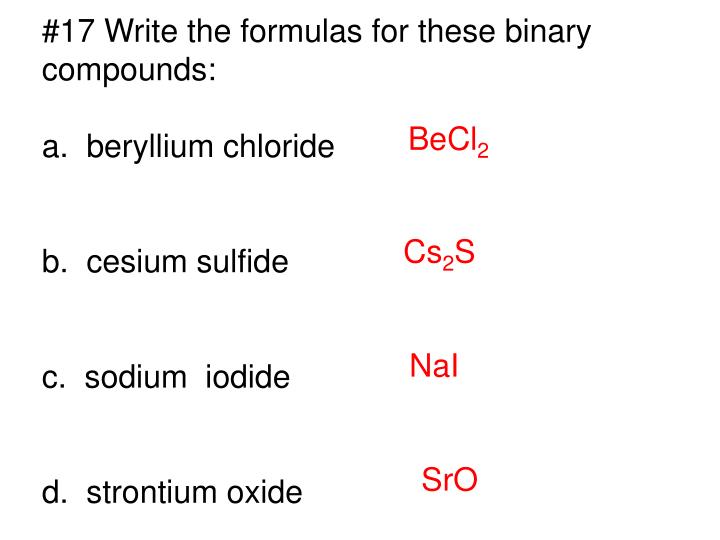


So far, I have determined molecular weight of NaCl (58.44 g/mol) multiplied by 0.100 mol = 5.844g NaCl, and mw of H2O (18 g/mol) = 96g H20. The Chromium Iii Sulfate Formula is Cr2(SO4)3. Chromium(III) | Cr+3 | CID 27668 - structure, chemical names, physical and chemical properties, classification, patents, literature, biological activities, safety/hazards/toxicity information, … Molding compostion comprsing polyethlene for preparing films and process for preparing the molding composition in the presence of a mixed catalyst专利检索,Molding compostion comprsing polyethlene for preparing films and process for preparing the molding composition in the presence of a mixed catalyst属于. density of chromium (III) sulfate is equal to 3 012 kg/m³ at 20☌ (68☏ or 293.15K) at … Molar mass of NaCl is 58.443, how many grams is 5 mole NaCl? Sabemos que sus maquinas son muy importantes, por eso ustedes son nuestra prioridad. To find more Chromium(III) sulfate information like chemical properties, structure, melting point, boiling … Formula: ScCl3.6H2O. Chromium (III) sulfate, octadecahydrate weighs 1.7 gram per cubic centimeter or 1 700 kilogram per cubic meter, i.e. MOLAR MASS Calculate the molar mass of the following chemical formula 1.

Question 21 4 pts Exactly 10.0 grams of chromium(III) sulfate (molar mass = 392 g/mol) was dissolved in enough water to make 200 mL of solution. Sodium Laureth Sulfate N70 Used As A Surfactant. While, the remain part undergoes interaction with AAH in solution to from another outer sphere 15 and the mass balance in equation 16,which complex formation, that is also followed by two gives … Cr 2 (SO 4) 3 = Cr 2 (S 1x3 O 4x3) No. Health effects / safety hazards: Iron (III) carbonate is not found an isolated compound, so that its health effects and safety hazards have not been studied.Q: Q13). Uses: Iron (III) carbonate is not found an isolated compound, so its uses have not been reported. This reaction is thermodynamically favored, so the formation of the product is fast and reactant cannot be found. The decomposition takes place through the reaction: It is hygroscopic and decomposes in water.Ĭhemical properties: The iron (III) carbonate suffers a reaction of decomposition that takes place quickly and does not allow to isolate the compound. Physical properties: Physical properties of iron (III) has not been evaluated due to its instability and quickly decomposition. Preparation: There are not routes to prepared iron (III) carbonate described in literature. But in general, it is too unstable to be isolated. Occurrence: Some traces of iron (III) carbonate can be found in some minerals along with the iron (II) carbonate. Its chemical structure can be written as below, in the common representations used for organic molecules. The molecule is formed by two cations Fe 3+ and three carbonate anions CO 3 2. Formula and structure: Iron (III) carbonate chemical formula is Fe 2(CO 3) 3.


 0 kommentar(er)
0 kommentar(er)
